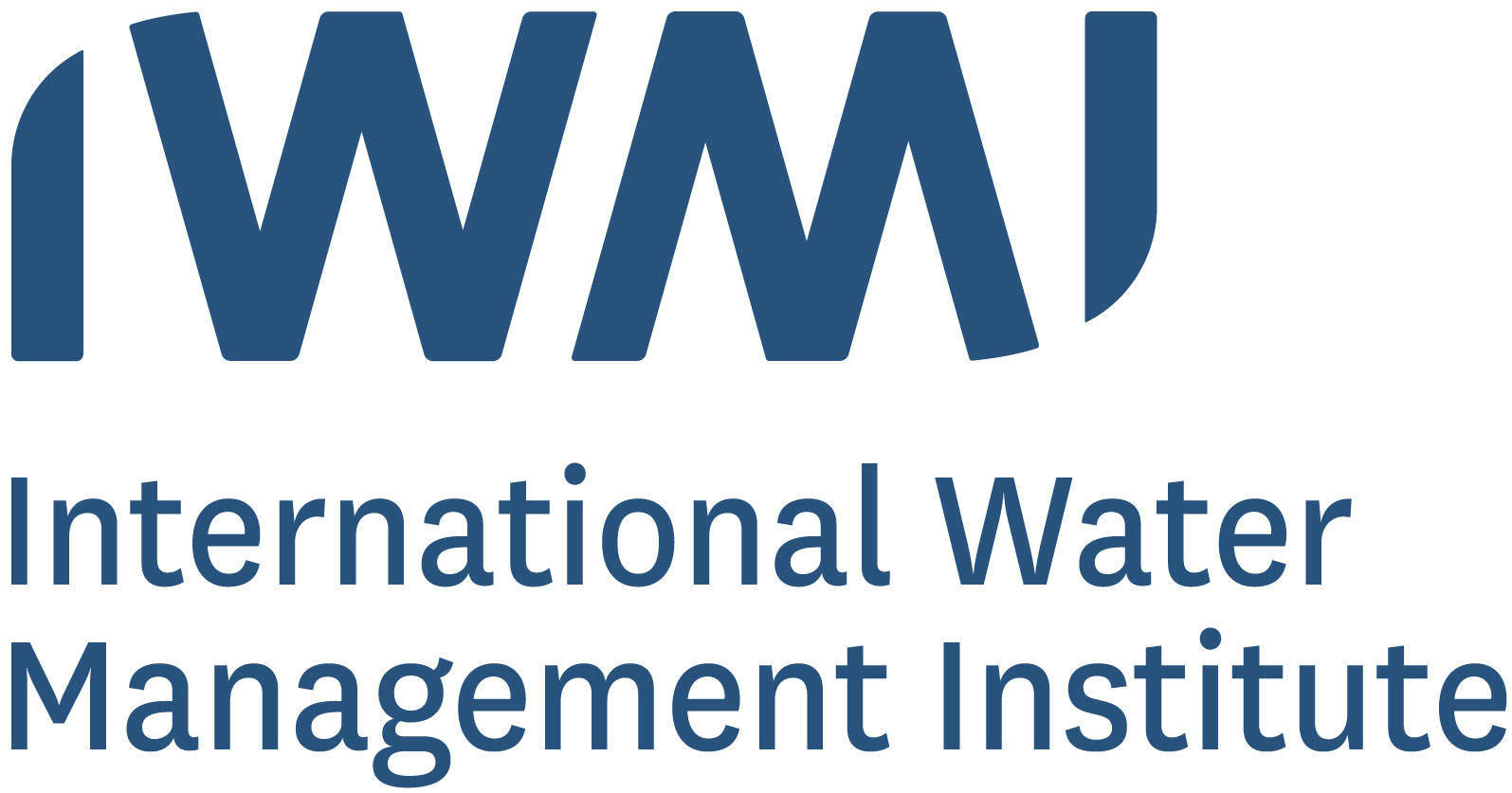Location
The International Water Management Institute (IWMI) is a non-profit, scientific research organization focusing on the sustainable use of water and land resources in developing countries. It is headquartered in Colombo, Sri Lanka, with regional offices across Asia and Africa. IWMI works in partnership with governments, civil society and the private sector to develop scalable agricultural water management solutions that have a real impact on poverty reduction, food security and ecosystem health. IWMI is a member of CGIAR, a global research partnership for a food-secure future.
IWMI’s Mission is to provide evidence-based solutions to sustainably manage water and land resources for food security, people’s livelihoods and the environment.
IWMI’s Vision, as reflected in the Strategy 2014-2018, is ‘a water-secure world’. IWMI targets water and land management challenges faced by poor communities in the developing countries, and through this contributes towards the achievement of the United Nations Millennium Development Goals (MDGs) of reducing poverty and hunger, and maintaining a sustainable environment. These are also the goals of CGIAR.
IWMI works through collaborative research with many partners in the North and South, and targets policymakers, development agencies, individual farmers and private sector organizations.
Resources
Displaying 66 - 70 of 959Recycling and reuse of treated wastewater in urban India: a proposed advisory and guidance document
Recycling and reuse of treated wastewater are an important part of the sanitation cycle and critical in an environment such as urban India with decreasing freshwater availability and increasing costs for delivering acceptable quality water, often from far distance. This report has been developed as a possible guidance document for the Indian government and gives substantial focus to the financial and economic benefits of wastewater recycling from the perspective of public spending.
Methods to investigate the hydrology of the Himalayan springs: a review
Springs are the major source of freshwater in many small mountainous watersheds within the Himalayan region. In recent years, their flow rates have diminished, but the reasons for this are not self-evident, and hence this paper reviews the methods to investigate Himalayan springs. The review reveals that chemical and isotope analyses – mostly water dating and stable isotope (e.g., d18O) analyses – could be an appropriate entry point to commence field investigations, because of their potential to map complex spring pathways, including linkages between aquifers.






